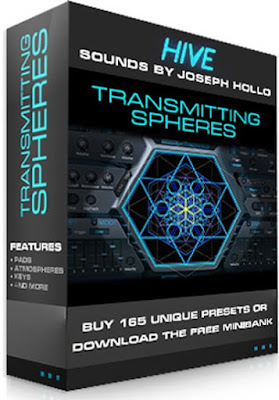

It is available in AU, VST2, VST3, AAX (Pro Tools 10.3.7+), and NKS with 32-bit and 64-bit versions. Hive 2 requires Mac OS X 10.7+, Windows 7+, or Linux. Since then, many new improvements have found their way into the synth including wavetable functionality. That however is old news now, as the original version of Hive was released in 2015. The original version of Hive seemed to be a new competitor for the likes of Sylenth1 and Spire. For this issue I will be taking a look at Hive 2. When I heard there would be a major update for one of their synth plugins, I was definitely interested. Couple that with a no-fuss copy protection and stellar support and, well, the rest is history. There seems no stopping their creativity and the quality of the products improves with useful updates over time. With titles such as Zebra, Bazille, ACE and Diva, they have a powerful synth plugin lineup. Maybe it’s because their software is usually breaking down barriers or at least pushing them to new limits. The music software company u-he has achieved quite a following over the years. But the judgement you make is simple.What’s all the buzz (no pun intended) about with u-he’s latest synth? Among other things, Hive 2 boasts powerful additions in the modulation department. "Analog recreation in digital" is always a controversial topic. So well replicated wavetables + the settings very close to the original = very close sounds. Many presets follow the status of the model synths (the number of OSC, filter types and its routing.) and the closest "Engine" is chosen.

But the demo tracks remind me of the model synths. Combined with these new wavetables, you have 30 tastes! Enjoy combinations just like you do in U-he Diva. Hive by default has only 3 colors (Normal, Clean, Dirty). So the main purpose of this product is not to recreate the full, perfectly equal old sound, but to expand the possibility of Hive. No, because the other very important part - the filter - is different. Are the output sounds equal to the models? Some are based both on hardware + software, but some of the intermediate waves are based only on software. We took some average point among them to create wavetables.Īs to the morphs and mixes, we mainly referred to software emulations. But when collected, tolerances are diminished and you can see the character of a synth. According to hardware conditions and recording environments, sound may vary. But note that wavetables are not based on a single hardware (except nanologue), but recorded samples you can get through web. Model hardwares are used as references, analyzed with oscilloscope and spectrum analyzer. All wavetables are generated from uhm (u-he's wavetable scripting language). If loaded correctly, this file draws "Sine-Tri-Saw-Sqr-Wide" waveforms. Please check compatibility with this test wavetable or this serum version wavetable.


 0 kommentar(er)
0 kommentar(er)
